The Excretory System is responsible for removing waste products and excess substances from the body to maintain internal balance, also known as homeostasis. It helps in eliminating metabolic waste, such as urea, carbon dioxide, salts, and water, that result from the body’s normal functions and it regulating fluid and electrolyte balance, and maintaining body temperature. It includes several organs that help eliminate metabolic waste produced by cells.
Main Organs of the Excretory System
The main organs of the excretory system are the kidneys, ureters, bladder, and urethra. Additionally, some other important organs also play a vital role in the excretory function, even though they belong to different body systems. These include the lungs, skin, and liver, which help remove waste products and maintain the body’s internal balance.
Functions of the Excretory System
- Removes toxic waste from the body (e.g., urea from protein metabolism).
- Maintains water and electrolyte balance.
- Regulates pH levels in the blood.
- Helps control blood pressure by regulating fluid levels.
Anatomy and Physiology of Excretory System Organs

These notes provide a concise yet detailed understanding of the anatomy and physiology of the excretory system. The excretory system is composed of multiple organs that work together to remove waste and maintain the body’s internal balance. While its primary components include the kidneys, ureters, bladder, and urethra, other organs from different body systems also contribute to excretion. These include the lungs (removing carbon dioxide), the skin (eliminating waste through sweat), and the liver (detoxifying harmful substances and producing urea). Together, these organs ensure the efficient removal of metabolic waste, fluid balance, and overall homeostasis. let us learn excretory system organs one by one given below:
Kidney
The kidney is the one major part of the excretory system, it plays a vital role in performing the function of the excretory system. let’s see the Anatomy and Physiology of the kidney:
Anatomy of kidney
- The kidneys are two bean-shaped organs located on either side of the spine, just below the ribcage.
- Each kidney is about 10-12 cm long, 5-7 cm wide, and weighs around 120-150 grams.
- The renal artery supplies blood to the kidney, while the renal vein carries filtered blood away.
- Internally, the kidney consists of three main parts:
- Cortex: The outer layer containing nephrons (functional units of filtration).
- Medulla: The inner region with renal pyramids, where urine formation occurs.
- Renal Pelvis: A funnel-shaped structure that collects urine and directs it into the ureter.
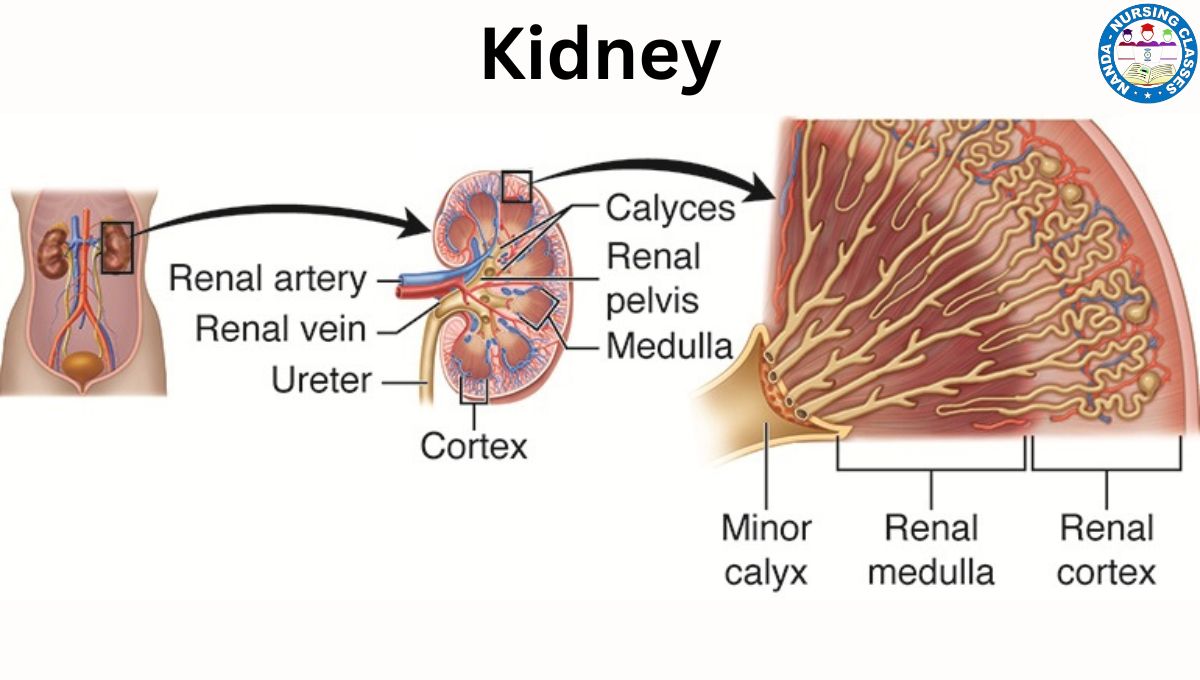
Physiology of kidney
- The primary function of the kidneys is the filtration of blood, removal of waste, and regulation of fluid and electrolyte balance.
- Urine formation occurs in the nephrons through three processes:
- Glomerular Filtration: Blood is filtered in the glomerulus, and waste products enter the nephron.
- Tubular Reabsorption: Essential substances like water, glucose, and electrolytes are reabsorbed into the blood.
- Tubular Secretion: Additional waste products like hydrogen ions and ammonia are secreted into the urine.
- The kidneys also help regulate blood pressure, acid-base balance, and hormone production (e.g., erythropoietin for red blood cell production).
Ureters
Ureters is the continuation part of the kidneys and it end in the urinary bladder. The Ureters do not have any Valves because they have a functional valve mechanism at the point where they enter the bladder.
Anatomy of Ureters
- Ureters are two thin, muscular tubes (about 25-30 cm long) that connect the kidneys to the bladder.
- They arise from the renal pelvis and extend downward, entering the bladder at an angle to prevent backflow.
- The ureter wall consists of three layers:
- Mucosa (Inner Layer): Lined with transitional epithelium.
- Muscularis (Middle Layer): Contains smooth muscle for movement.
- Adventitia (Outer Layer): Provides structural support.
Physiology of Ureters
- The ureters transport urine from the kidneys to the bladder via peristaltic movements (wave-like contractions of smooth muscle).
- The valve-like entry into the bladder prevents urinary reflux (backflow of urine).
Urinary Bladder
The urinary bladder mainly collects the urine released from the kidneys and excretes it through the urethra.
Anatomy of bladder
- The bladder is a hollow, muscular organ located in the pelvic cavity.
- It is highly expandable and lined with transitional epithelium to allow stretching.
- The bladder wall has three layers:
- Mucosa: Inner lining that expands as urine collects.
- Detrusor Muscle: Smooth muscle that contracts to expel urine.
- Serosa: Outer connective tissue layer.
- The trigone is a triangular area at the base where the ureters enter and the urethra exits.
Physiology of bladder
- The bladder temporarily stores urine (400-600 mL capacity) before excretion.
- When full, stretch receptors send signals to the brain, triggering the urge to urinate.
- The micturition reflex controls urination, involving voluntary and involuntary muscle coordination.
Urethra
Anatomy of urethra
- The urethra is a thin tube that connects the bladder to the external opening for urine excretion.
- In males, it is about 20 cm long and serves as a passage for both urine and semen.
- In females, it is shorter (about 4 cm), increasing the risk of urinary tract infections (UTIs).
- The urethra is surrounded by sphincter muscles that control urine release.
Physiology of urethra
- The internal urethral sphincter (involuntary) and external urethral sphincter (voluntary) regulate urination.
- During micturition, the detrusor muscle contracts, and the sphincters relax to allow urine to exit the body.
Lungs (Role in Excretion)
Anatomy on Lungs
- The lungs are two spongy organs located in the thoracic cavity, enclosed by the rib cage.
- They contain alveoli (tiny air sacs) where gas exchange occurs.
- The trachea, bronchi, and bronchioles direct air into and out of the lungs.
Physiology of lungs
- The lungs excrete carbon dioxide (CO₂) and water vapor during exhalation.
- Oxygen is inhaled into the alveoli, where it diffuses into the blood, while CO₂ is removed from the bloodstream and expelled.
- The respiratory system works closely with the circulatory system to maintain acid-base balance (pH regulation).
Skin (Role in Excretion)
Anatomy of Skin
- The skin is the largest organ of the body, consisting of three layers:
- Epidermis: Outer protective layer.
- Dermis: Contains sweat glands, blood vessels, and nerve endings.
- Hypodermis: Fatty tissue for insulation and energy storage.
Physiology of Skin
- The sweat glands (sudoriferous glands) help in excretion by releasing sweat, which contains:
- Water (99%)
- Salts (sodium, potassium, chloride)
- Urea and ammonia (small amounts)
- Sweating helps regulate body temperature and eliminate minor waste products.
Liver (Role in Excretion)
Anatomy of Liver
- The liver is the largest internal organ, located in the upper right abdomen.
- It is divided into four lobes and receives blood from the hepatic artery and portal vein.
Physiology of Liver
-
- The liver processes toxins and converts waste into a form suitable for excretion.
- It plays a major role in:
- Detoxification: Neutralizes drugs, alcohol, and harmful substances.
- Urea Production: Converts ammonia (toxic byproduct of protein metabolism) into urea, which is transported to the kidneys for excretion.
- Bile Production: Helps in fat digestion and the excretion of bilirubin (a breakdown product of red blood cells).
- Metabolism of Nutrients: Regulates glucose, fat, and protein metabolism.
Conclusion
The excretory system, through its key components—the kidneys, ureters, urinary bladder, urethra, and skin—plays an essential role in waste elimination, fluid and electrolyte balance, and temperature regulation. A clear understanding of these processes is fundamental for nursing students in assessing and managing patients with related health concerns.
- What is the excretory system and its function?
- How does the excretory system remove waste?
- Anatomy and physiology of the human excretory system
- Major organs of the excretory system
- Functions of kidneys in the excretory system
- Role of lungs, skin, and liver in excretion
- #HumanBodySystems
- #KidneyFunction
- #UrinarySystem
- #BodyWasteRemoval
- #LiverDetox
- #MedicalEducation
- #NursingNotes
- #HumanAnatomy
- #Physiology
- Excretory System
- Human Excretory System
- Anatomy and Physiology of Excretory System
- Excretory System Function
- Excretory System Organs
- Urinary System

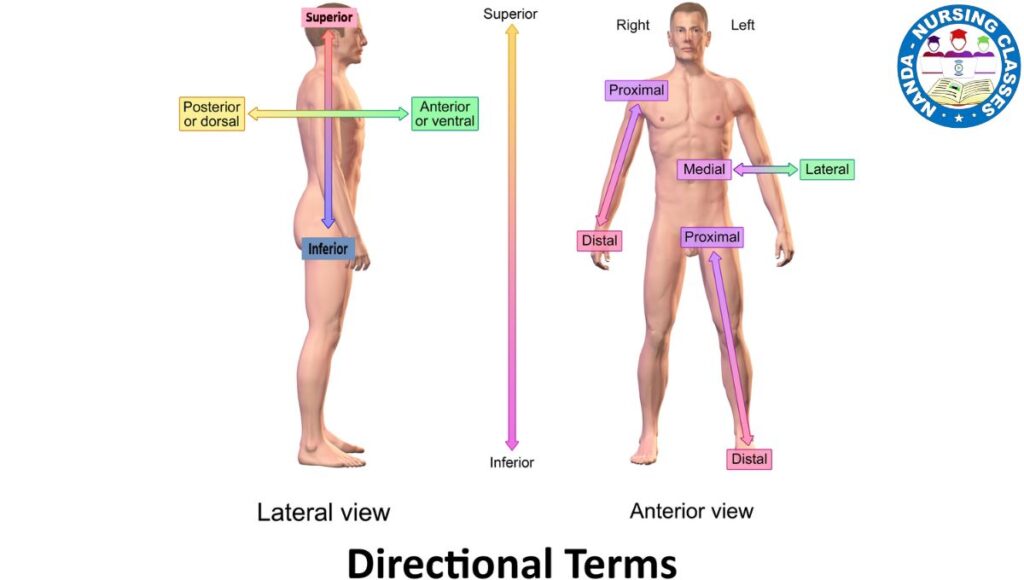
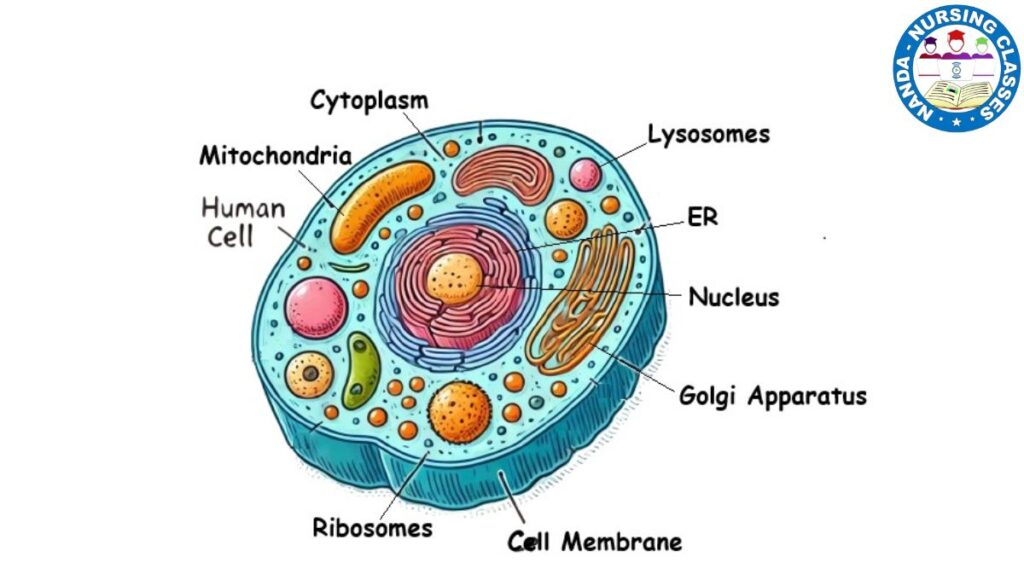
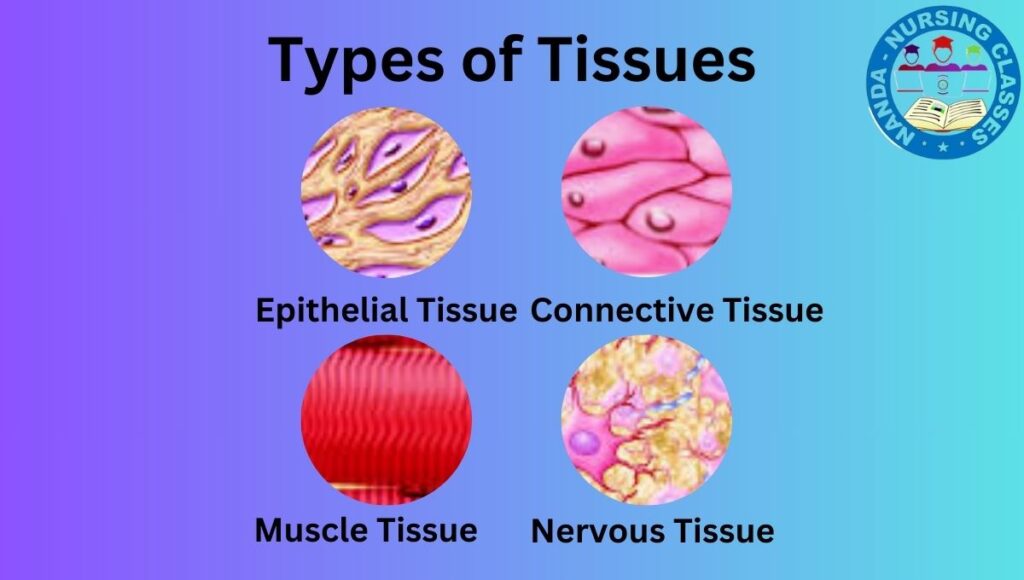

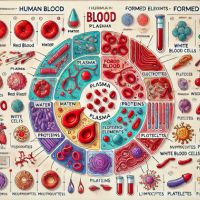
I am really glad to glance at this weblog posts which consists of tons of helpful information,
thanks for providing these kinds of statistics.
Wonderful, what a weblog it is! This blog gives helpful information to us, keep it up.
My brother suggested I might like this web site.
He was entirely right. This post truly made my day. You can not imagine just how much time I had spent for this info!
Thanks!
Amazing things here. I’m very glad to peer your article.
Thanks so much and I’m looking ahead to contact you.
Will you kindly drop me a e-mail?
I’m not that much of a internet reader
to be honest but your sites really nice, keep it up!
I’ll go ahead and bookmark your site to come back later.
Cheers
Hi to every single one, it’s in fact a good for me to pay a visit this web page, it
consists of precious Information.
Great article. I will be dealing with some of these issues as well..
Whhy viewers stijll use too read news papers when in this technological world alll is accessible on net?
Outstanding story there. What happened after? Good luck!
I am extremely impressed with your writing skills ass well
as with the layout onn your weblog. Is this a paid theme
or did you customize it yourself? Anyway keeep up the
excellent quality writing, it’s rare to see a nice blog like this one today.
Great article! We are linking to this particularly great article
on our website. Keep up the good writing.
Very good article, thanks for sharing. I really like how you explained about universities.
This post helped me about finding the best education.
I will definitely share this for academic learners who are interested in universities.
Looking forward to your next post.
This post is really a fastidious one it assists new the web people, who
are wishing for blogging.
I am sure this post has touched all the interjet viewers, its really really fastidiouys piecxe of writing on building up new webpage.